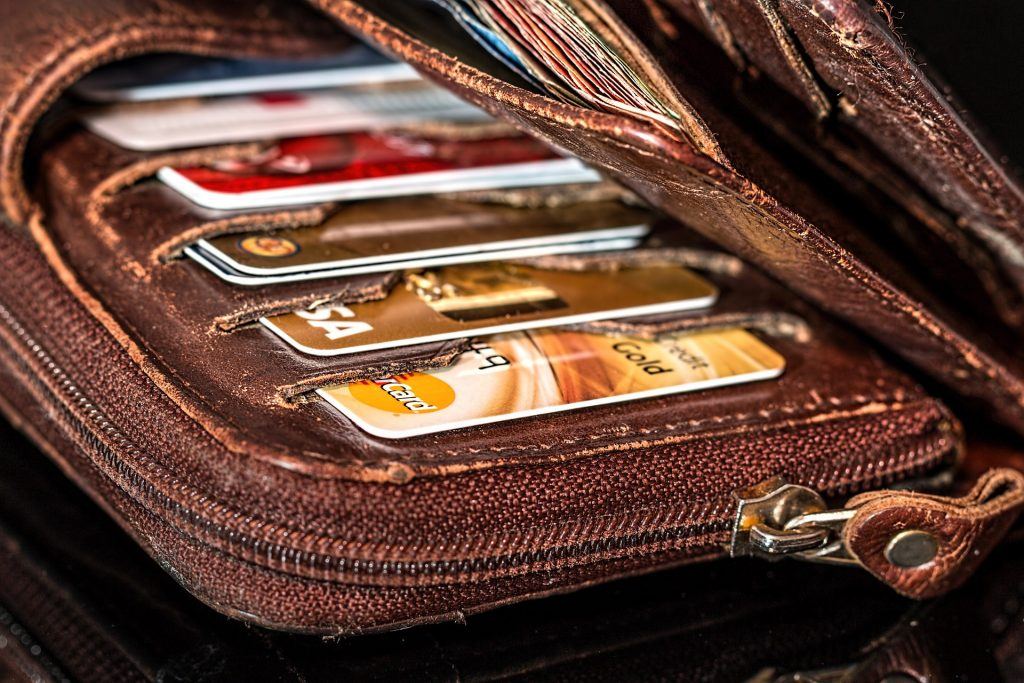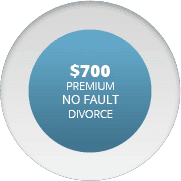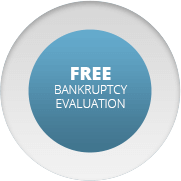What is the Difference Between a Debt and a Lien?

People who are dealing with debts that are beyond their ability to repay frequently turn to bankruptcy as a way to get relief. If you are facing this type of financial hardship, you need to know that filing for Chapter 7 or Chapter 13 bankruptcy is not a magic eraser that wipes the slate entirely clean: though it may eliminate some of your financial obligations, others will remain, and discharging others may require that you give up important assets including your home or your car. The first step in understanding how your situation will and will not be impacted by a bankruptcy filing is to understand the difference between a debt and a lien, as well as knowing what a priority claim is. Only once you understand the difference between these three and how each are treated in a bankruptcy filing should you proceed.
The first thing you need to know is that a bankruptcy filing does not eliminate what are known as priority claims. These are debts such as child support, alimony, and certain tax obligations. Any assets that you have will be used to satisfy these obligations first, and if they require regular payments then you will continue having to pay them.
After priority claims, the second items to be addressed are secured debts. These are also known as liens. When a debt is secured, it means that the person or entity that you owe money to has the right to keep or take your property until the debt is either paid or discharged. A secured debt or lien can include those that you have agreed to, such as a mortgage or home equity loan that uses your home as collateral, or an auto loan that gives the lender the right to repossess the vehicle if the debt is not paid. Secured debts can also be nonconsensual, which is the case when a money judgement is imposed on your property for nonpayment. Examples of these liens include tax liens imposed by federal, state, or local governments for nonpayment of taxes, or mechanic’s liens when against your home that result from not having paid a contractor or a homeowner’s association dues. When you file for bankruptcy and you want to keep your property, you will need to continue making payments against secured debts, or you can surrender the property and then discharge your personal debt.
The last type of debt is unsecured debt. Some of the most common examples include credit card debt, medical bills, and personal loans that are not secured by property. These are the very last thing that a bankruptcy court will consider when reviewing your finances, and these are generally fully dischargeable in a Chapter 7 bankruptcy. When filing under Chapter 13, you may be required to make some payment, but in most cases you will pay only a small percentage of the original debt.
For information on how filing for Chapter 7 or Chapter 13 bankruptcy will affect your specific situation, contact Reinherz Law to set up a convenient and informative consultation.









